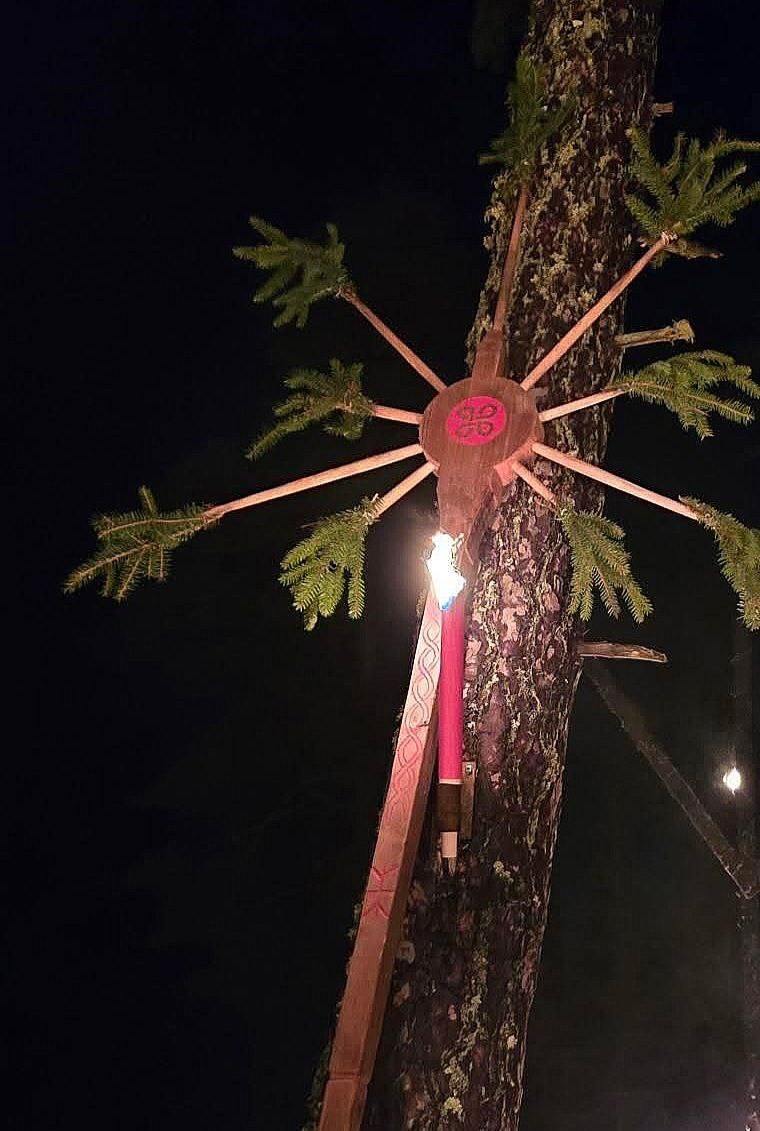En julruska är ett tecken på julen -och julfridens inträde, en gammal sed som förekom tidigt i Skandinavien. Julruskor är motstycke mot midsommarens ‘majstänger’ och är däremot mycket gammalt här i Norden och utgör utan tvivel en lämning av den trädkult som de hedniska germanska folken idkade. I sin vanligaste form var julruskan en avkvistad gran med en toppruska kvarlämnad, oftast även med en dekoration inristad i barken. Seden med julruska är gammal och har ursprungligen en viktig betydelse, som skydd mot onda makter i samband med mörkret som råder kring midvintern.
Julruskan kan idag liknas vid julgranen som vi nu tar in vid juletid. Det var alltså julruskan man hade förr i Skandinavien och på 1600-talet var den då oftast rest vid gårdsplanen och skulle sättas upp senast klockan 12 på Julafton. Julruskor restes även parvis framför boningshusets entrédörr på landsbygdens gårdar som symboliserade skydd och högtid. Överblivna grankvistar placerade man utanför ingången likt en dörrmatta, en sed som fortfarande lever kvar här i Sverige än idag. Lägger ni granris vid ytterdörren samt har ni Julruska eller Julgran nu när vi går in i juletider? 🎄
🇬🇧
A ‘Julruska/Yulepole’ is a sign of the arrival of Yule, an old custom that appeared early here in Scandinavia. Julruska are the opposite of midsummer’s ‘maypoles’ and, on the other hand, are very old here in the Nordics and are undoubtedly a remnant of the tree cult practiced by the heathen Germanic peoples. In its most common form, the Julruska was a branched fir tree with a top tree left behind, usually also with a decoration carved into the bark. The custom of a Julruska is old and originally had an important meaning, as protection against evil forces in connection with the darkness that prevails around Midwinter.
The Julruska/Yulepole can today be compared to the Yule Tree that we now bring into our homes at Yuletide. So it was the Julruska we used to have in Scandinavia, and in the 1600s it was then usually erected by the yard no later than 12 o’clock at Christmas Eve. A Julruska were also erected in pairs in front of the entrance door of the dwelling house on rural farms, which symbolized protection and tradition held. Leftover spruce branches were placed outside the entrance like a doormat, a custom that still lives on here in Sweden to this day. Do you place branches at the door and do you have a Julruska or a Yule Tree/Christmas Tree?🎄

